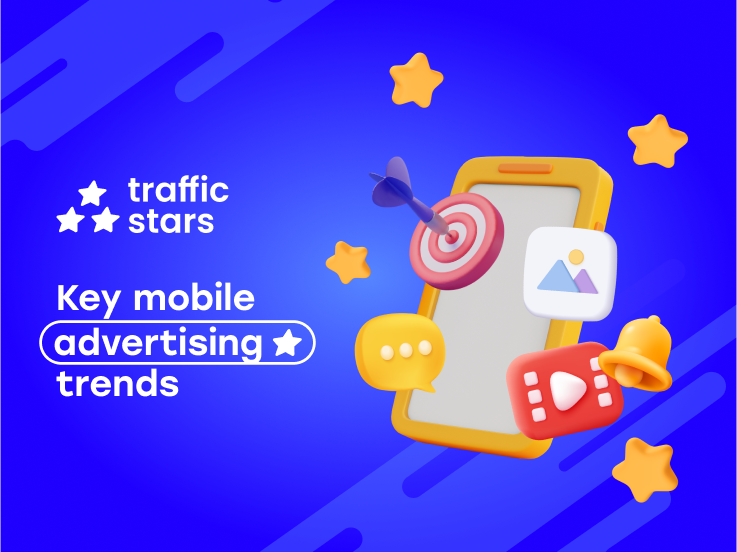
It’s almost 2024 and the capacity for mobile advertising is vast. There are almost 12 billion mobile connections in the world. Given that there are less than 8 billion humans in that same world, that’s a lot of screens, and many future prospects tapping away behind them.
As an affiliate marketer, it’s wise to keep track of mobile advertising trends. To ignore them is to turn your back on an evolving form of programmatic advertising, and lose out on substantial amounts of revenue.
But don’t worry, we’ve got your back! Today, we will tell you all about the top trends in mobile advertising, including what they are and how they work.
Why is mobile not only about in-app traffic?
This is a great mystery of Da Vinci code proportions…SIKE, it’s really not. While in-app ads increase user retention by four, the CTR of in-app ads stands at 0.56%, meanwhile, mobile web ads stand at 0.23%. The most affluent of all, with a staggering 3.37 billion internet users watching video-based content throughout 2022.
In short, mobile app advertising trends are a somewhat separate entity from the trends of mobile advertising as a whole. Rather, it’s one bracket in the equation. So, when strategizing your mobile advertising endeavors, it’s important to take the trends as a whole into account, and not simply focus on one element of them.
The result of this is, again, a loss of potential conversions and a great many impressions.

Key mobile advertising trends you should know
When studying the mobile advertising trends of 2023 for your affiliate strategy, bear in mind that certain ads are more suitable for each format than others. When developing your mobile creatives, remember to use the appropriate ad formats.
For instance, in the case of trend 1: mobile-first and user-first display ads, the users are going to be browsing via their mobile devices and won’t appreciate a bombardment of dissonant visuals. To blend into the content, design them in a native fashion so that the ads don’t appear to be selling, pushing, or getting in the way superfluously.
1. Mobile-first and user-first display ads
Mobile-first and user-first display is when ad creative marketing strategies are aimed at users with mobile devices. Now let’s face it, that’s quite a lot of people. The mobile-first and user-first advertising trend gives mobile users top priority for their marketing visuals, meaning, such users will be the first to see them.
This trend identifies user patterns such as navigation and behavior, which they exemplify when using their devices, and this is highly informative.

2. Rich multimedia effects in mobile ads
This ad type utilizes audio, motion, and user interaction to engage the user. These are effective as they have the capacity to turn the programmatic mobile advertising trends into games, surveys, and other creative modes and gain useful data. Plus, users are more likely to engage when given a relevant option.

3. Gamification to become mainstream
The revenue generated by gamification is predicted to have tripled by 2025, with just under 31 billion in total. Gamification works by offering rewards to users in return for their engagement or bestowing challenges upon the user for the reward. Points systems and loyalty rewards will become even more standardized.

4. M-commerce is the new normal
M-commerce is the art of selling products via mobile devices and is predicted to account for 40% of e-commerce sales in 2024. The thing about mobile devices is that users browse them. We all have Amazon in our apps, and the buying process often takes place entirely via the mobile device. It’s not a stretch to see how pervasive this will become in the near future.

5. Visual search growth
Another prominent trend of mobile advertising is the ability to use smartphones to search for items using visuals. This is visual search technology at its most useful, and it also informs advertisers of the patterns and behaviors of buyers, and it is also highly useful for buyers, and will develop and continue in the future.
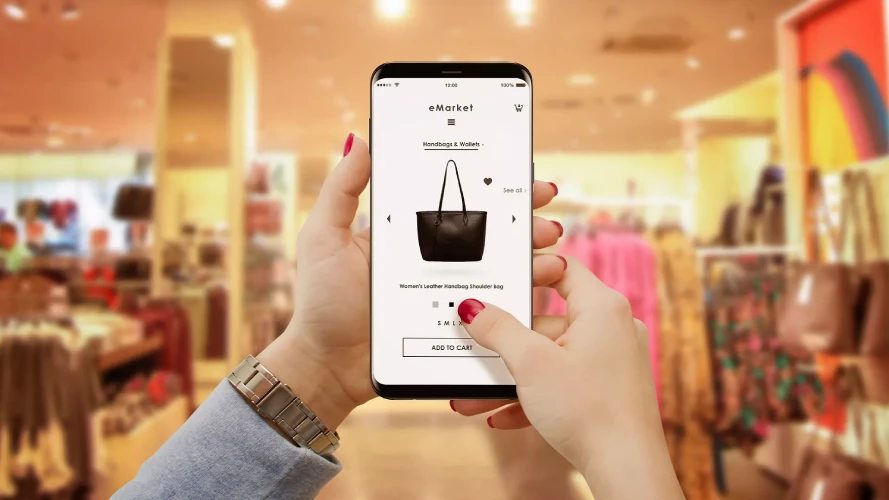
6. More shoppable posts on social media
Shoppable posts are becoming used too. Often seen on visual social media platforms like TikTok and Instagram, such posts have made it super easy for advertisers to log data, especially given the number of influencers advertising products via their handles. 43% of Gen Z and 49% of millennials have purchased products or services this way.
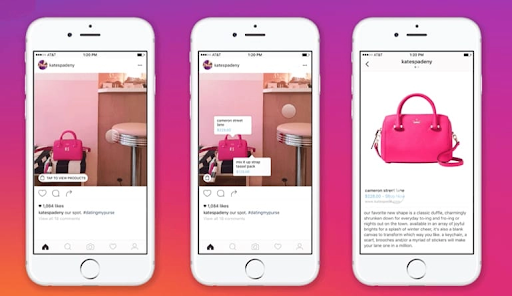
7. Augmented reality shopping
The market value of AR now stands at over $1 billion and is on the increase for mobile shoppers. It creates an engaging, interactive form of advertising, and therefore is guarateed to become more informative in the future.
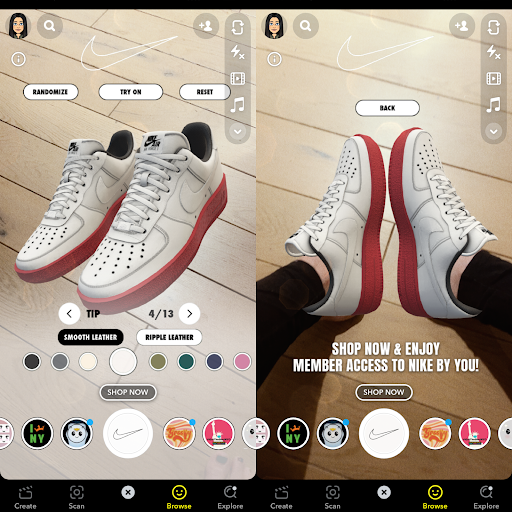
8. Mobile app integration for a better in-store experience
This is when apps work together, isolate data, and provide a seamless, optimized customer experience where users can research products and services virtually. A good example of this is when you use Facebook or Google to sign in or up to another app. This is the two apps integrating, and it results in valuable data for affiliates. As advertisers, you can customize the services and features with wish lists and product recommendations.

9. More data-heavy mobile experiences
As we all know, data is used to construct “avatars” for our target markets. Data-heavy mobile experiences are inevitable in 2024, and they will be very informative for affiliate marketers as this allows them to cater content to the specific user, in a manner most likely to engage them.

10. Live video content
Live video content allows advertisers to engage their target market in real-time, which is also useful for data gathering. You can learn more about your market in real-time than with reports after the fact. Live streaming is another market area rising in prominence and revenue, due to webinars, product-launch events, and other sessions where you can make a personal connection and present your brand effectively.
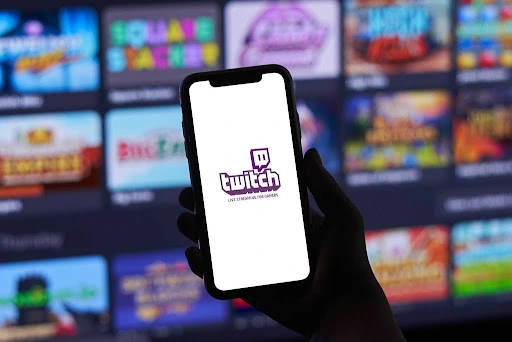
11. User-generated content
Content generated by the users themselves is another of the prominent trends of mobile advertising. This comprises reviews, testimonials, blogs, social media content, and video dissemination, and is generally more trustworthy than content created by brands, as the product is reinforced by an independent source.

12. Mobile games as social networks
Mobile games are enjoyed by the masses. 2022 reports almost 4 billion worldwide users, 53% of which are men, and 46% of which are women. People connect through this medium, form social followings, and are a happy hunting ground for affiliate marketers.
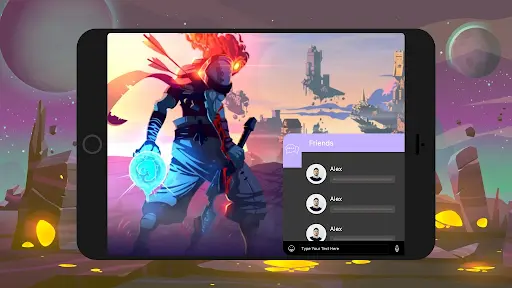
13. Chatbots
Chatbots collect data such as GEO location, sex, device, and all the other elements that assist marketers in generating a fulsome blueprint for their target users. They are typically used in customer help chat streams, and give users relevant answers to their questions and/or concerns while retaining the valuable data as well.

14. 5G optimization
5G optimization will pave the way for personalized shopping experiences. For instance, a user near a particular supermarket can be shown great deals and offers via push ads. This is an example of how innovative technology can be used to refine our targeted location-based advertising.
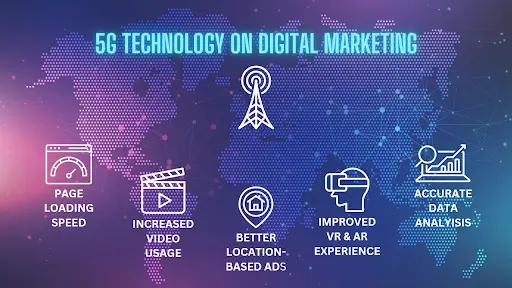
15. Messaging apps for businesses
Many businesses use “texting” in their outreach endeavors now. This includes Messenger, WhatsApp, LinkedIn, and more refined platforms. Essentially any platform that allows businesses to interact with their members. Ads can be implemented into many of these locations, allowing affiliates to advertise relevant products to their target market.
It’s reported that 70% of working professionals use these for work, and this is a global figure.
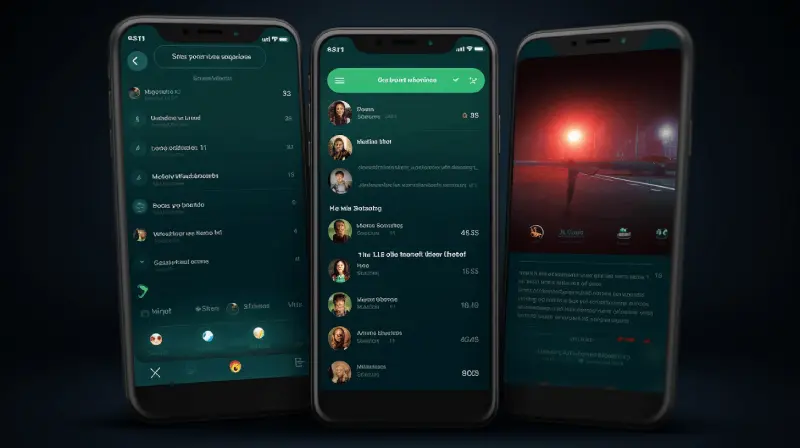
16. Omnichannel/bump offers
Bump/omnichannel offers are a widely used business strategy that boost customer and client engagement with special offers, rewards, or discounts relevant to their online or in-person store activity. For instance, Starbucks uses a mobile rewards application that grants free coffees to uses that have bought a requisite number of prior coffees or shop points.
This generates useful data. Affiliates will continue to use this conduit to gather such customer data, for both desktop and mobile devices. Then, as m-commerce becomes even more prominent, users operating via mobile devices will prove more informative than ever before.

17. Native advertising
Out of all the mobile advertising market trends, native advertising is one of the most impactful and necessary, as it curtails the user feeling of having products or services “pushed” or “sold” at them, and instead focuses on creating an immersive ad format for users to browse, with personalized features. A great example is restaurants. When viewed through a Maps application (Mapplication?!), or a simple Google search, the menus, ratings and imagery of the venue in question will show up there. This is native advertising at its most subtle. In 2024 and beyond, this will develop and become increasingly personalized.

18. Location-based advertising
Marketing that is location-specific allows affiliates to tailor content to users in particular areas in a more relevant and engaging manner. As 5G technology advances, so will the potential of location-based advertising with innovative ad creatives that will also be informative with the reciprocated data. A survey found that 90% of affiliate marketers reported increased sales because of this particular strategy.
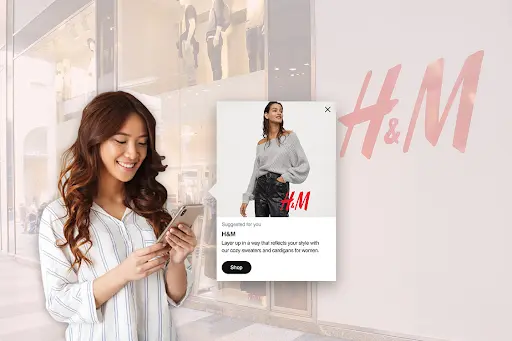
19. Mobile ad networks
Lastly, mobile ad networks will continue to strategize their platforms to ensure the most seamless, optimized experience for publishers, and continue to refine their targeting abilities. As an affiliate marketer, it is wise to use a reputable mobile ad network to present your creatives to the world, as they have simplified the dissemination process, and allow us full control of it. Such networks will become as proficient at disseminating mobile ads as desktop and browser ads.

Mobile advertising thought leaders
As you can see, the world of mobile advertising is versatile and intricate. The most difficult decision you make as an affiliate marketer is where to begin. For some inspiration, we’ll now take a look at three innovative thought leaders who have used the programmatic mobile advertising trends to their advantage and become reputable.
1. Rudy Galfi, product manager at Google
The master of ROI, product manager Rudy Galfi has a wealth of mobile advertising experience. He now makes regular public speaking appearances at live events and has many seeking his guidance and expertise.
2. Andrew Graff, CEO at Allen & Gerritsen
Having collaborated with many of the world’s most preeminent brands, Andrew Graff has worked on numerous campaigns in order to give them the best presentations. He knows much of the marketing trends in general and has been featured in numerous online and print publications.
3. David Stern, author and professional speaker at Are You for Real
Early on, David Stern was one of the thought leaders to see the potential of mobile advertising technologies, and he has used this expertise to assist companies in optimizing their efforts and staying far ahead of their competitors.
Mobile ad trends FAQ
1. What is the CTR of mobile advertising?
CTR stands for Click-Through-Rate. This indicates the number of people that have clicked on your ad, or conversions.
2. Is it true that mobile marketing is the killer of display advertising?
Mobile marketing is not necessarily the killer of display advertising, but is certainly changing the landscape. In 2023, mobile accounted for over 60% of all digital ad spending, a number that is guaranteed to grow in the future. This means businesses must consider how to reach their customers on mobile devices, but display advertising is still a viable option for doing so
3. Is it worth focusing only on mobile traffic?
It was recently reported that 55% of internet traffic comes from mobile devices. Focusing only on mobile traffic leaves 45% of your potential prospects out of the equation.
4. What will happen to Popunder advertising?
Popunder advertising is expected to continue to grow in popularity in the coming years. It’s a relatively non-intrusive form of advertising that can be effective at reaching a wide audience. Additionally, popunder ads are less likely to be blocked by ad blockers than other types of ads.
Frequently Asked Questions
What are mobile advertising trends?
The general direction in which mobile advertising is going, and the components this encompasses.
What are the current major trends in mobile app advertising?
Shorter video ads, multimedia ads, iGaming and metaverse verticals, and an upward trajectory of mobile app spending.
What are the key mobile advertising trends expected in 2024?
Artificial Reality ads, refined personalization, VSO (voice search optimization), AI generation, chatbot usage, and user data-driven ads.
What current market trends in mobile advertising are influencing the industry?
Many of the trends described in this article are influencing the affiliate marketing industry. Chiefly, platform shifts, the evolution of m-commerce as a whole, and personalization are the broad strokes.
What mobile video advertising trends should be considered for a successful campaign?
This depends on what you are advertising. If relevant, consider videos, native ads, and interactive creatives, as these are proven to have high engagement levels.
What programmatic mobile advertising trends stand out in the modern world?
All forms of personalization stand out, as this is the logical next frontier for advertisers to master.
What factors shape trends in mobile advertising?
How users interact with technology, and which devices they are browsing on. Generally, the trends are influenced by the way that the public consumes ads.
How can marketing professionals use current trends in mobile advertising to increase the effectiveness of their campaigns?
Marketing professionals can and should study the shifting landscape in order to refine their strategies and stay ahead of the game. Don’t get left behind, keep your finger on the pulse and see how you can change your game.
What strategies can be applied to adapt to rapidly changing trends in mobile advertising?
Keeping on top of it will help your company to adapt. If you have a website, optimize it for voice search, and always look for creative ways to express your products and services in your creatives.




